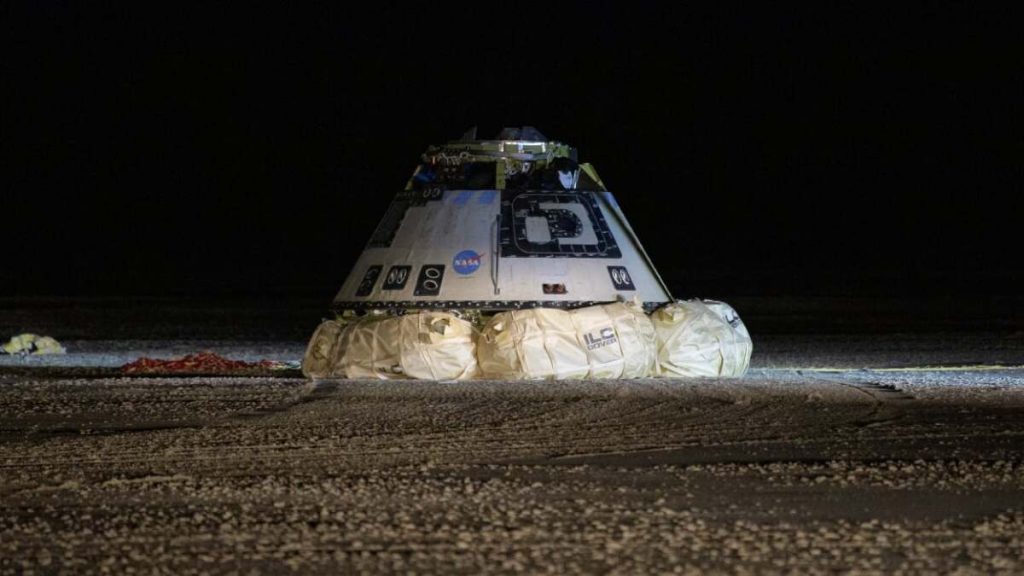After reviewing flight and test data, NASA concluded it would be too risky to send Wilmore and Williams home on Starliner. The agency instead made arrangements for them to return in a SpaceX spaceship in February 2025. NASA officials said the Columbia and Challenger space shuttle disasters informed their safety-focused decision.
“There was just too much uncertainty in the prediction of the thrusters,” said Steve Stich, NASA’s commercial crew program manager, at a news conference on Aug. 24. “If we had a way to accurately predict what the thrusters would do for the undock and all the way through the deorbit burn and through the separation sequence, I think we would have taken a different course of action.”
The above embedded video is where NASA will stream Starliner’s undocking and departure from the ISS live.
Starliner will undock autonomously, firing a few short bursts of its thrusters to reverse from the space station. Those little pulses are not likely to cause overheating, which may have played a role in the spaceship’s reduced propulsion in June, NASA officials said.
The most concerning maneuver will be the use of thrusters while trying to leave orbit. Doing so will require some thrusters that had previously malfunctioned.
Boeing’s team believed Starliner would have safely returned Wilmore and Williams, and it appears NASA’s decision has created some friction with the developer. Boeing representatives have not participated in the past few NASA news conferences. But Stich rejected any claims that meetings between the partners were heated.
The above embedded video is where NASA will stream Starliner’s reentry and landing live.
“I wouldn’t say it was a yelling, screaming kind of meeting,” he told reporters this week. “It was a tense technical discussion where we had both sides listening intently to all the data, and, in the end, to make a decision whether to return crewed or uncrewed.”
How to watch Boeing Starliner’s landing
The return journey will begin this evening with a robotic undocking from the International Space Station. The U.S. space agency will broadcast the departure on YouTube and NASA’s website at 5:45 p.m. ET Sept. 6.
The coverage will continue at 10:50 p.m. ET when the empty spaceship attempts to leave orbit, re-enter Earth’s atmosphere, and land in a New Mexico desert. If the descent happens on schedule, flight controllers anticipate Starliner will touch down at the Army’s White Sands Missile Range a little over an hour later, just after midnight ET Sept. 7.
LANDING CONFIRMED
The #Starliner spacecraft safely touched down at 7:58am ET at @WSMissileRange in New Mexico with a bulleye landing. This marks the 1st time an American-made, human-rated capsule has landed on land. Watch our live coverage: https://t.co/MAYPLDF7R7 pic.twitter.com/66owuQDsVB
— NASA (@NASA) December 22, 2019
Starliner successfully performed an uncrewed landing in 2019. It was the first time a U.S. spacecraft designed for human passengers had landed on soil rather than splashing down into an ocean. A system of parachutes and air bags should cushion Starliner’s drop to the ground.
Topics
NASA

